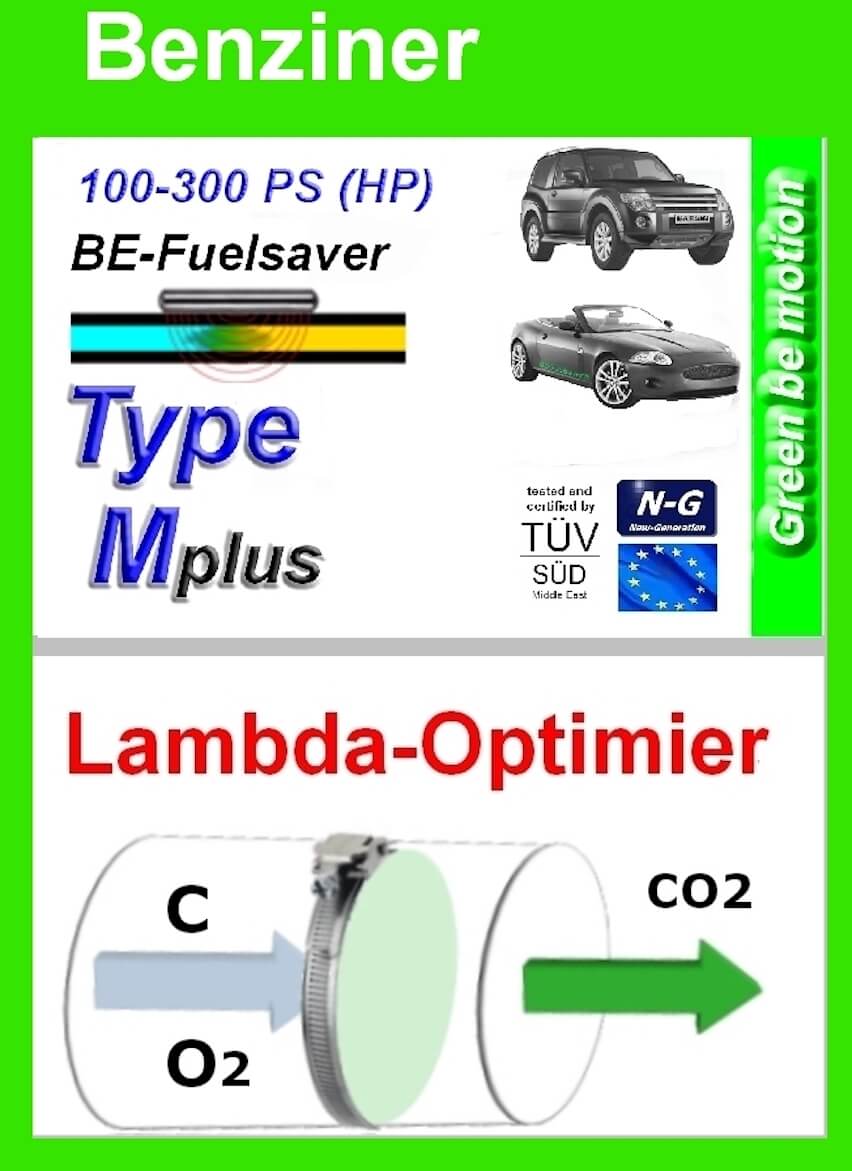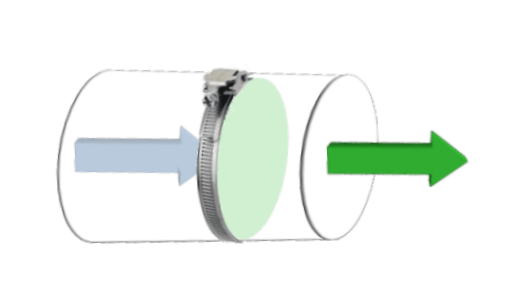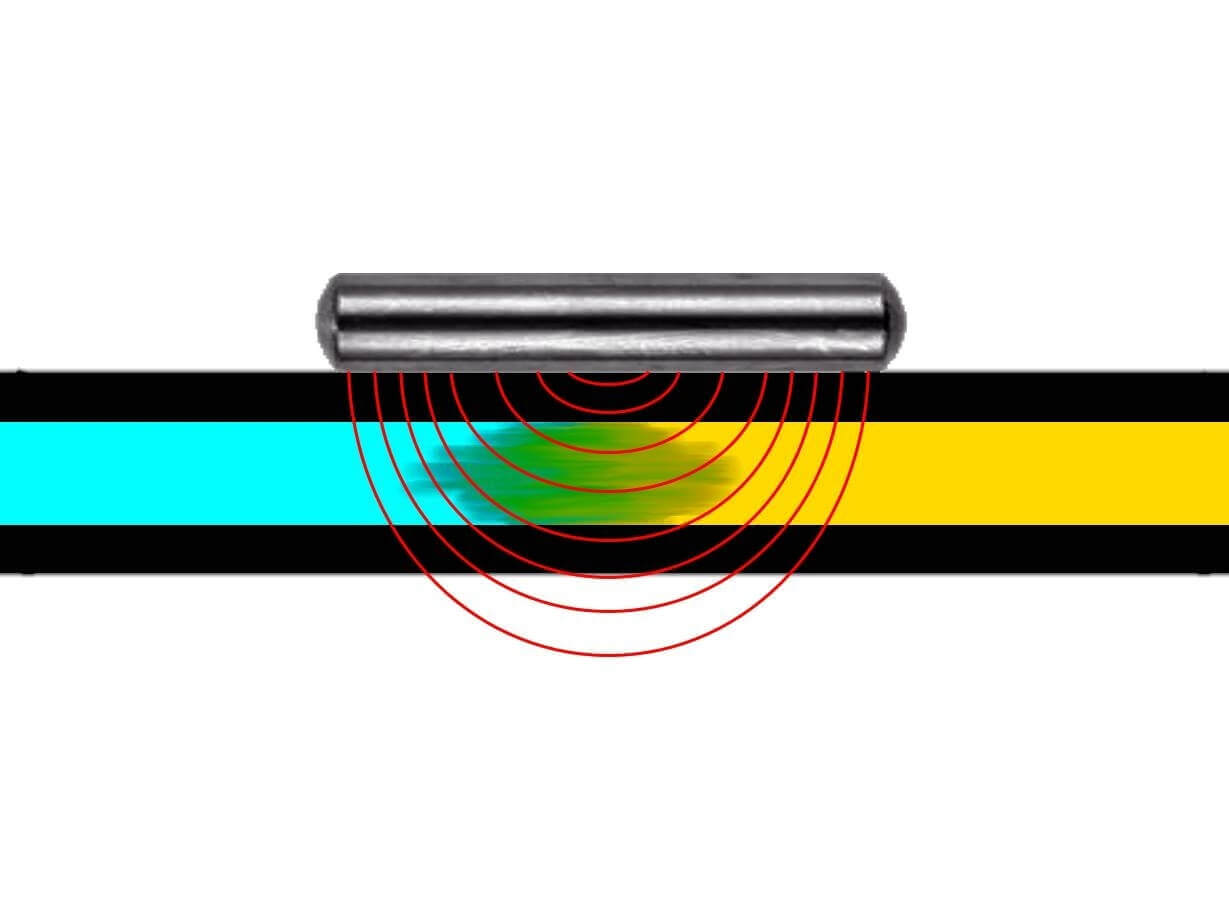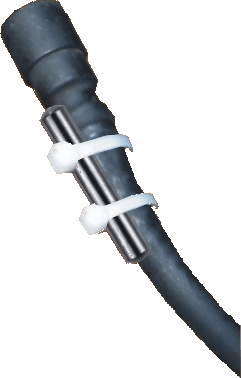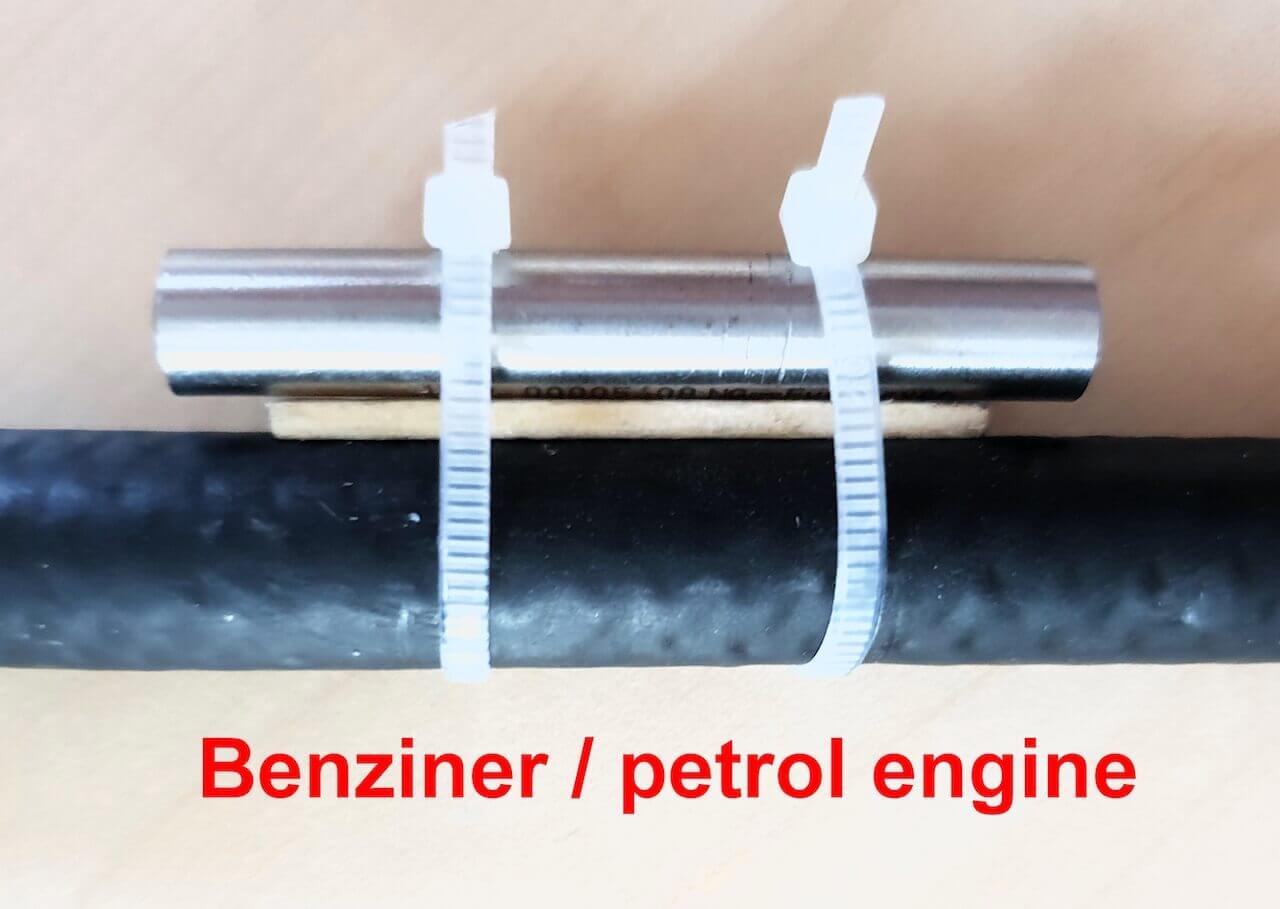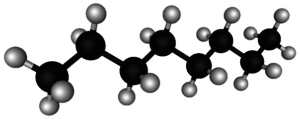Datenschutz und Nutzungserlebnis
Um Ihnen die bestmögliche Benutzererfahrung zu bieten, verwenden wir und unsere Partner Technologien wie Cookies, um Geräteinformationen zu speichern und/oder darauf zuzugreifen. Die Zustimmung zu diesen Technologien ermöglicht es uns und unseren Partnern, persönliche Daten wie Surfverhalten oder eindeutige IDs auf dieser Webseite zu verarbeiten. Wenn Sie nicht zustimmen oder Ihre Zustimmung zurückziehen, kann sich dies nachteilig auf bestimmte Funktionsfähigkeiten und Dienste auswirken. Sie können selbst entscheiden, ob Sie den obigen Ausführungen zuzustimmen möchten, eine detaillierte Auswahl treffen wollen oder Ihr Recht ausüben, sich der Verarbeitung personenbezogener Daten durch Unternehmen aufgrund eines legitimen Interesses anstelle einer Zustimmung zu widersetzen. Sie können Ihre Präferenzen jederzeit anpassen, indem Sie auf die jeweilige Auswahl auf dem Bildschirm klicken.
Essenzielle
Statistik & Marketing
Alle akzeptieren
Nur Essentielle Cookies akzeptieren
Individuelle Cookie Einstellungen
Speichern & schließen
Essenzielle
Essenzielle Cookies ermöglichen grundlegende Funktionen und sind für die einwandfreie Funktion der Website erforderlich.
Informationen anzeigen
Statistik & Marketing
Marketing-Cookies werden von Drittanbietern oder Publishern verwendet, um personalisierte Werbung anzuzeigen. Sie tun dies, indem sie Besucher über Websites hinweg verfolgen.






